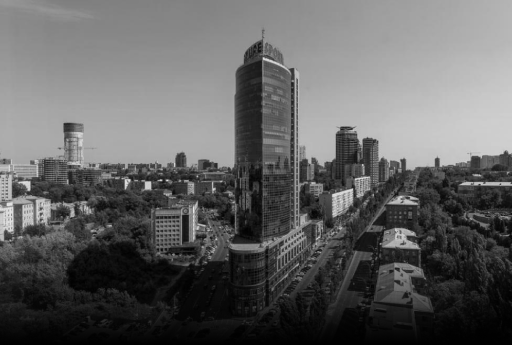Lawyer
Legal regulation of humanitarian corridors and displacement of the civilian population
Ensuring the safety of the civilian population during armed conflicts and hostilities is one of the key tasks of international humanitarian law. That is why the issue of creating humanitarian corridors and the organized movement of civilians from dangerous zones is becoming especially urgent.
A lawyer's consultation is necessary to ensure compliance with relevant international norms and national legislation in the field of civil rights protection. Lawyers must conduct a thorough analysis of documents and provide a legal opinion on the legal regulation of the creation of humanitarian corridors and the movement of civilians.
International legal regulation
At the international level, the main documents regulating the protection of civilians during armed conflicts are the Geneva Conventions for the Protection of War Victims of 1949 and their Additional Protocols of 1977. These documents establish the principles of humane treatment of the civilian population, ensuring their safety and providing humanitarian aid.
In addition, an important role is played by the resolutions of the UN Security Council, which may require the parties to the conflict to create safe humanitarian corridors for the evacuation of the civilian population from dangerous areas.
National legislation
At the national level, the issue of protection of the civilian population during armed conflicts is regulated by the Constitution of Ukraine, the Law of Ukraine "On Civil Defense" and other normative legal acts. These documents define the powers and duties of state authorities and local self-governments to ensure the safety of citizens, organize evacuation and provide humanitarian aid.
Legal opinion of the lawyer
During the lawyer's consultation on the legal regulation of humanitarian corridors and the movement of the civilian population, the lawyer must conduct a thorough analysis of the documents and provide a legal opinion, which will include the following aspects:
1. Determination of the requirements of international humanitarian law regarding the creation of safe humanitarian corridors and conditions for the evacuation of the civilian population.
2. Assessment of risks and threats to the security of the civilian population during movement through humanitarian corridors.
3. Analysis of the possibilities of involving international organizations, such as the UN, OSCE and the International Committee of the Red Cross, to facilitate the creation of humanitarian corridors and the organization of evacuation.
4. Recommendations on the procedure for ensuring security, providing humanitarian aid and temporary accommodation of the evacuated civilian population.
5. Clarification of responsibility for violation of norms of international humanitarian law regarding the protection of the civilian population.
Conclusion
Creating humanitarian corridors and ensuring the safe movement of civilians is one of the key tasks during armed conflicts and hostilities. Effective legal regulation of this issue at the international and national levels, as well as the involvement of lawyers, international organizations and state authorities is a necessary condition for protecting the rights and lives of civilians in conflict zones.

































